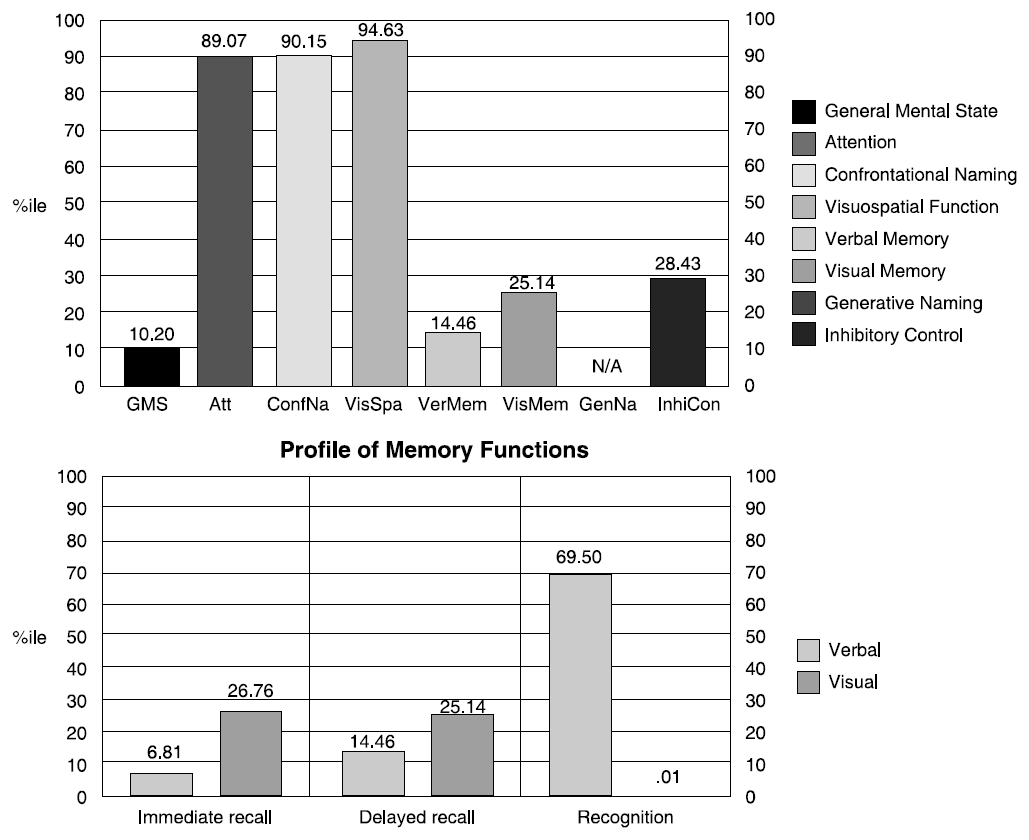Compulsive Shopping in Parkinson’s Disease - A Case Report
Article information
Abstract
Patients with Parkinson’s disease (PD) are at risk of a number of compulsive behaviors associated with dopaminergic drugs. We report one case of unusual compulsive shopping in idiopathic Parkinson disease (IPD) in relation to dopaminergic therapy. The mechanism explaining the behavior in this case is likely related to increased dopaminergic stimulation of non-motor basal ganglia loops. It suggests that perhaps many dopaminergic medications can be associated with compulsive behaviors.
Patients with Parkinson’s disease (PD) are at risk of pathological behaviors associated with dopaminergic drugs, most commonly dopamine agonists. Pathological gambling,[1,2] compulsive shopping,[3,4] hypersexuality,[5,6] binge eating and punding (stereotyped, prolonged, purposeless motor behaviors often characterized by repetitive manipulation and sorting of small objects)[7] have been described in relation to dopaminergic therapy.
Labels for compulsive shopping vary. Uncontrolled buying, addictive buying, addictive consumption, excessive buying, shopaholism, and spendaholism all have been used to describe this overwhelming need to buy.[8] Most of all, “compulsive” shopping and “uncontrolled” buying emphasize a lack of control over such behaviour.[9] While not included in the fourth edition of the Diagnostic and Statistical Manual of Mental Disorders (DSM-IV), compulsive buying disorder (CBD) was included in DSM-III-R as an example of an “impulse control disorder not otherwise specified”.[10]
Less frequent and less well-reported are occurrences of compulsive shopping in conjunction with dopaminergic therapy. We report one case of unusual compulsive shopping in idiopathic Parkinson’s disease (IPD) in relation to dopaminergic therapy.
CASE REPORT
A 70-year-old woman presented with gait disturbance. She later noticed increased slowness, stiffness and tremor of her right hand. She had been healthy without hypertension. She was diagnosed with IPD and was treated initially with levodopa, ropinirole and amantadine. A year following diagnosis, she was increased to and maintained at levodopa 500 mg per day and ropinirole 9 mg per day. After 1 year, antidepressant was added to the regimen.
The patient has not tried to taper or discontinue the use of any of her medications. Her husband reported compulsive shopping since initiating medications. He complained that she bought rabbits everyday at a market like an addiction and so there were so many rabbits in their house. She has liked rabbits until she was young but has never raised. Usually she didn’t spend much money for shopping. But she noted that she just wanted to buy a rabbit and acted out without considering. She felt guilty after shopping. She didn’t report other compulsive behaviors.
On examination, she was alert, fully oriented and exhibited appropriate affect. The Unified Parkinson’s Disease Rating Scale (UPDRS) motor scale score in the “on” state was 11.[11] She exhibited mild hypomimia, with a slight resting tremor of the right hand. She also had mild rigidity and bradykinesia of the right upper and lower extremities. Her gait was shuffled with short steps and decreased arm swinging. No dyskinesias were noted. She underwent neuropsychological evaluation using the Korean version of Mini-Mental State Examination (K-MMSE) and comprehensive Seoul Neuropsychological Screening Battery (SNSB).[12] It includes tests for attention, language and visuospatial function, verbal and non-verbal memory, frontal lobe function, geriatric depressioin scale (GDS) and activities of daily living (Barthel-ADL). Her K-MMSE scored 24 and most of the lost score was due to inability to recall the names of three simple preregistered objects which thought to represent verbal memory. Test resulted that she had mild depression and anxiety. Cognitively, she had moderate memory impairment with frontal dysfunction for her age (Figure).
DISCUSSION
Our case reports the occurrence of unusual compulsive shopping in relation to dopaminergic therapy in IPD. This problem does not seem to be unique to PD. The temporal association between medication initiation and the onset of this behavior led to our suspicion that medications were causative.
It is important that dopamine agonists have been linked to a number of compulsive behaviors in patients with PD. Dopamine agonists enhance the functioning of endogenous dopamine, and non-specific action of the agonists may also influence non-motor basal ganglia loops including the nucleus accumbens, mesolimbic/mesocortical circuits and the anterior cingulate loop. [13] The mechanism explaining the behavior in this case is likely related to increased dopaminergic stimulation of these loops.
Some studies have reported other impulse control and repetitive behaviors in PD. It included pathological gambling, hypersexuality, binge eating and punding in relation to dopaminergic therapy as mentioned.[1,2,5–7] Although compulsive shopping is not specifically described in DSM-IV, diagnostic criteria have been proposed. These include being frequently preoccupied with buying or subject to irresistible, intrusive, and/or senseless impulses to buy; frequently buying unneeded items or more than can be afforded; shopping for periods longer than intended; and experiencing adverse consequences, such as marked distress, impaired social or occupational functioning, and/or financial problems.[14] Compulsive buying disorder (CBD) was included in DSM-III-R as an example of an “impulse control disorder not otherwise specified”.[10]
Typical items purchased by persons with CBD included clothing, shoes, compact discs, jewelry, cosmetics, and household items.[15] Individually, the items purchased by compulsive shoppers tend not to be particularly expensive, but patients often report buying a product based on its attractiveness or because it was a bargain. Interestingly, in our case, the patient bought rabbits.
This report suggests that perhaps many dopaminergic medications can be associated with compulsive behaviors. So, educating the patients and their family of these possible side effects is essential. We need to check with both patient and family at follow-up visits for the emergence of a variety of troublesome pathological behaviors that may result from dopaminergic therapy. Future research will need to examine an accurate prevalence of such behavior in conjunction with dopaminergic therapy, as well as the exact mechanism for such behavior.
Notes
This study was supported by a grant of the Korea Health 21 R&D Project, Ministry of Health & Welfare, Republic of Korea(A050079). But we have no competing interests.
